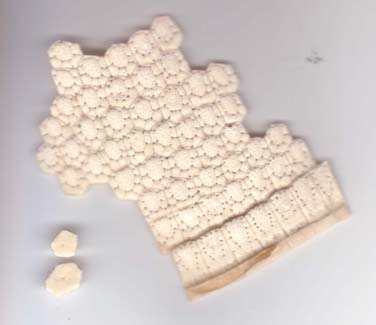| page last updated |
 |
River Tour | Estuary | Salt Marsh | |
| What is an Estuary? > Climate > Geology > Surface Water > Ground Water > Aquatic Habitat > Upland Habitat > Ecological Processes > Animals and Plants > Socioeconomic Values > Human Impacts and Pollution > Where does Your water come from? > Management Issues > Protecting YOUR Watershed | ||
|
K-12
Students Site
|
||
| Animals and Plants > Common Animals | ||||
|
Nine-banded Armadillo (Dasypus novemcictus) Armadillos
are unusual animals. A "shell" covers their small bodies. They
are not truly covered by a shell, but by small, 6-sided bony plates all
over their body. Small areas of the skin become bony, and soft areas of
skin separate the bony areas. These soft areas of skin and the many sided
platelets allow armadillos to bend and move freely. Armadillos weigh 4-8
kg (9-17.5 lb), and they are about the size of a small dog. Armadillos
are not native to the North American Continent. There are so many Armadillos
along the coast and in South Georgia that they seem a natural part of
the landscape. Armadillos are unusual in many ways. They always give birth to four identical babies, or "quadruplets." Armadillos are strange swimmers. In order to stay afloat, they swallow air and fill up their stomach and intestines like balloons. This allows them to swim well. Some people
have armadillos as outdoor pets. Most armadillos are tame and enjoy being
petted. They help reduce pests by eating insects in the land around a
house. Some armadillo owners even have armadillo races, where the owners
have to crawl behind the armadillos during the race. It is very risky,
however, to handle an armadillo. Armadillos have sharp claws, and if they
scratch you they can give you a very bad sickness called "Leprosy."
Leprosy is a dangerous bacterium that can live on the claws of armadillos.
Humans with leprosy may suffer serious skin and tissue damage, and sometimes
even their noses rot off. |
||||
 |
||||